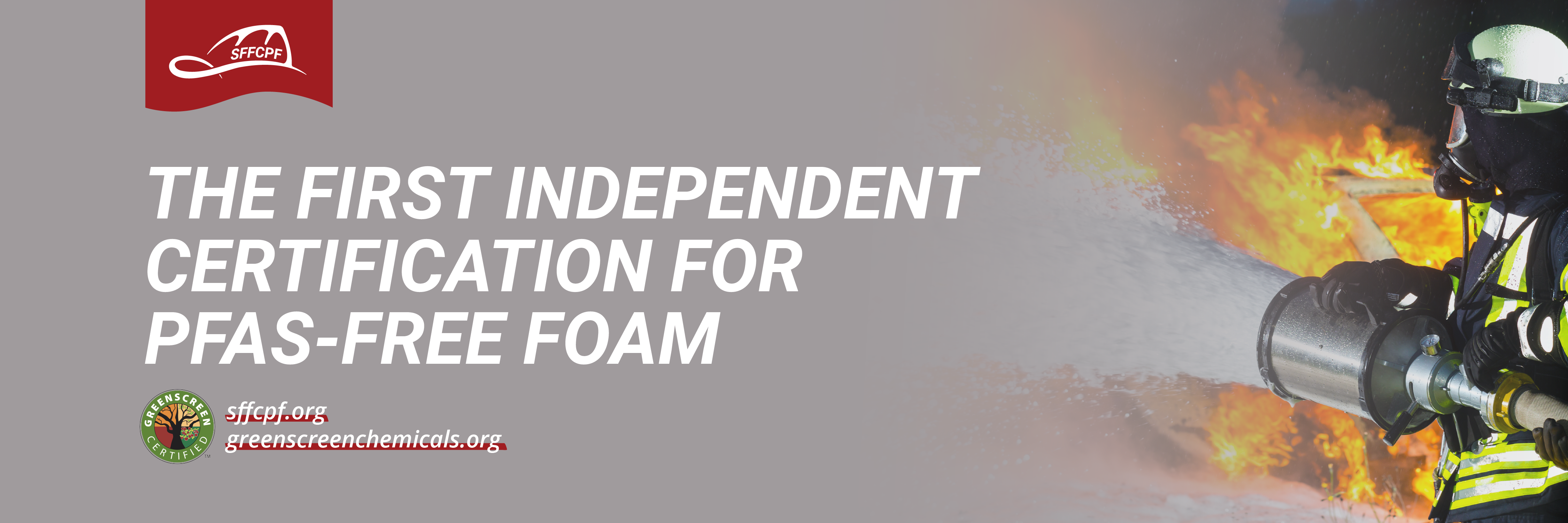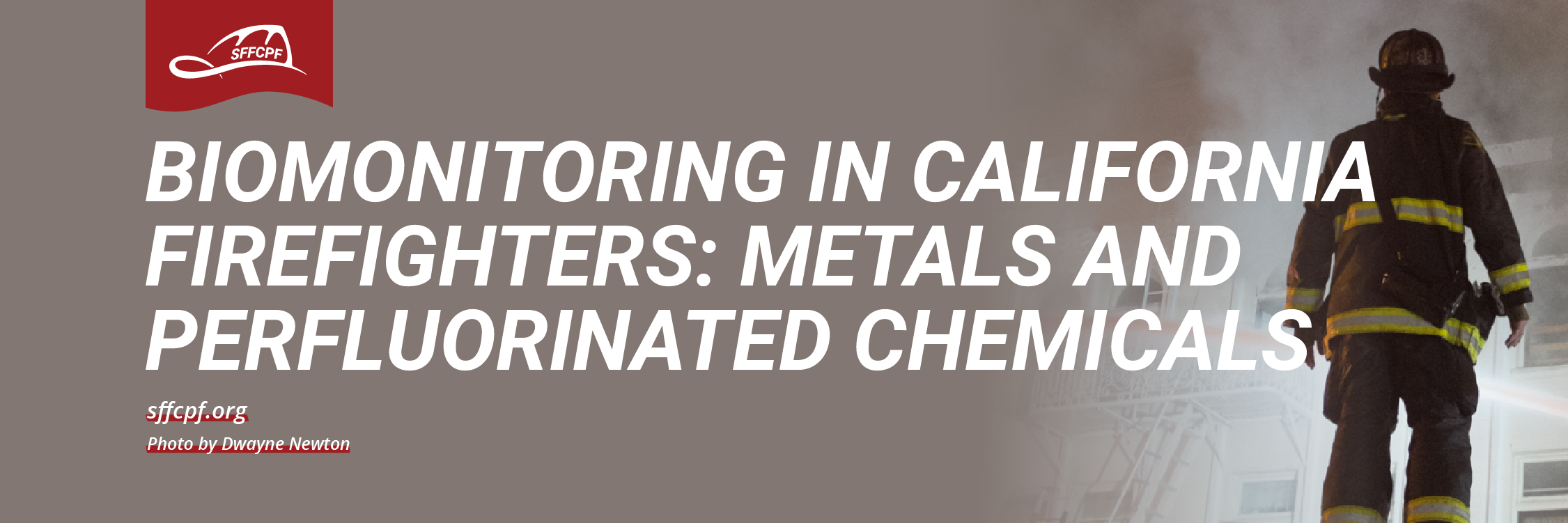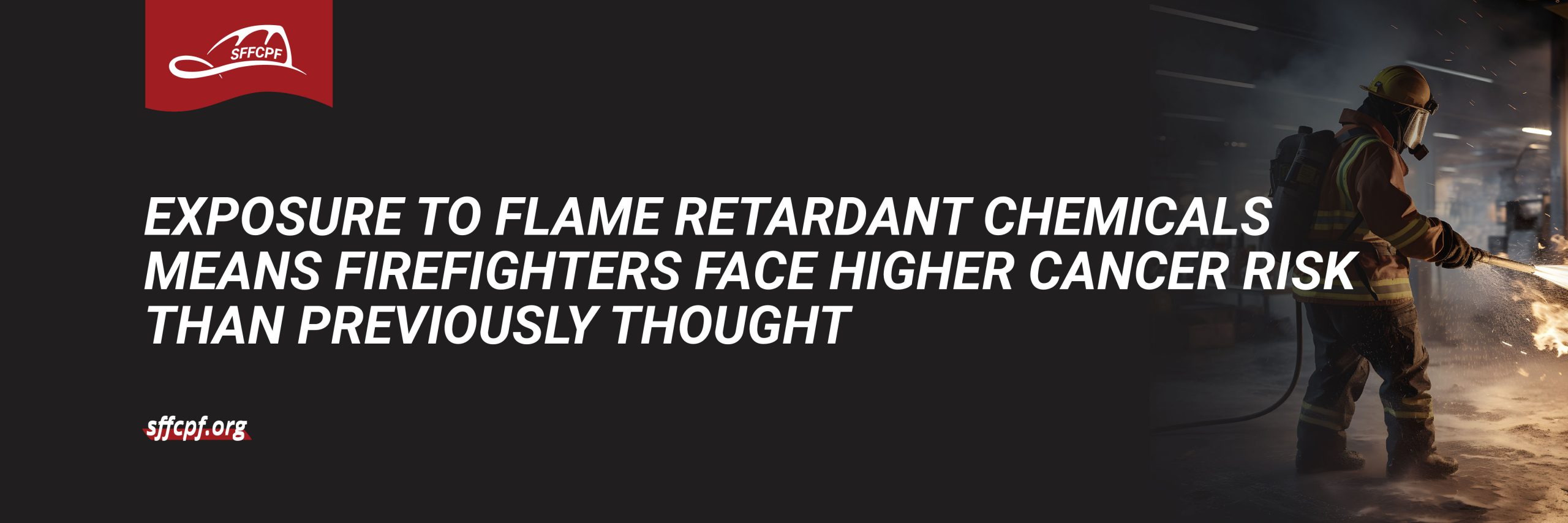RESEARCH & STUDIES
HOW WE ARE HELPING
FIREFIGHTERS
SFFCPF is dedicated to securing grant funding to implement and collaborate on research studies examining the known link between firefighting toxic exposures and cancer. We collaborate with major research institutions (UCSF, UC Berkeley and Stanford), as well as, organizations focused on biomonitoring and the analysis of firefighting gear and firefighting foam for the presence of toxic chemicals. We will not stop searching until there is a cure.
IMPORTANT RESEARCH
FEATURED STUDY
RELATED POSTS
RESEARCH & STUDIES
Biomonitoring in California Firefighters: Metals and Perfluorinated Chemicals
National Center for Biotechnology Information (NCBI) In a study that was released in 2015 by NCBI in the [...]
Firefighters at Greater Risk for Cancer
By Penobscot Bay Press The dangers to firemen on the job extend well beyond the possibilities of being [...]
A Workplace Colorectal Cancer Screening Program in Firefighters: Lessons Learned
By Occupational Medicine Although colorectal cancer (CRC) screening is widely recommended, screening rates remain low. Workplace interventions have [...]
Mortality and Cancer Incidence in a Pooled Cohort of US Firefighters from San Francisco, Chicago and Philadelphia (1950–2009)
There are approximately 1.1 million volunteer and career firefighters in the US. During firefighting activities, these workers may be exposed to [...]
San Francisco Firefighters Battling Alarming Cancer Rate
By CBS San Francisco Flames and smoke are the visible threat but cancer is a silent killer that [...]
NIOSH Study of Firefighters Finds Increased Rates of Cancer
By NIOSH A combined population of 30,000 firefighters from three large cities had higher rates of several types [...]
Exposure to Flame Retardant Chemicals Means Firefighters Face Higher Cancer Risk Than Previously Thought
New research by a Blue Hill scientist shows that during a fire, firefighters are exposed to dangerous levels of toxic, cancer-causing chemicals created when commercial flame retardants burn.
POPS in CA Firefighters Chemosphere
By Shaw et al. Firefighters may be exposed to a wide range of toxic chemicalsboth during and while [...]
Environmental Factor
By NIH Environmental Science Study finds a possible biomarker of occupational exposure in firefighters. READ THE STUDY [...]
Testimony to US Senate Environment & Public Works Committee
By Tony Stefani
Study Shows Link Between Cancer and Firefighting | Maine News Svc
PORTLAND, Maine (NEWS CENTER) -- Most firefighters know when they sign up for the job, that it comes with risks; after all, when [...]
Women Firefighters Biomonitoring Collaborative
By The Women Worker's Biomonitoring Collaborative The Women Firefighters Biomonitoring Collaborative Study examined exposures to chemicals linked to [...]
SFFD Participates in NIOSH Study of Cancer among U.S. Firefighters
By NIOSH The National Institute for Occupational Safety and Health (NIOSH) is the federal agency responsible for conducting [...]
Chemical Exposure in Your Workplace and Breast Cancer Risk
By Cornell University Program on Breast Cancer and Environmental Risk Factors There are many risk factors for breast [...]



